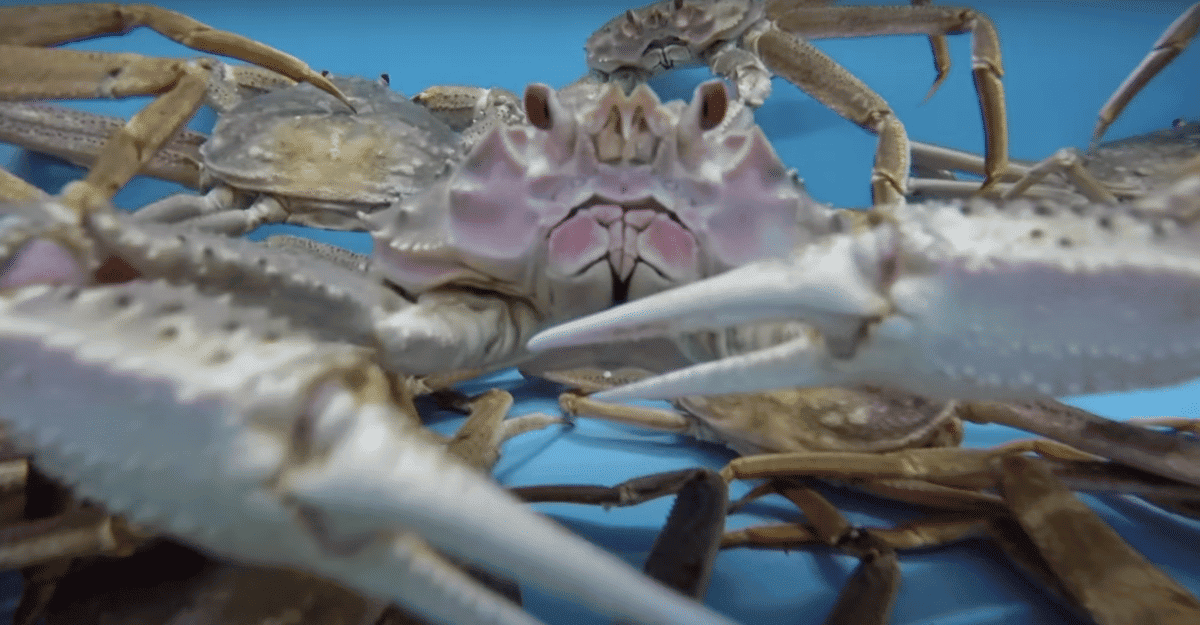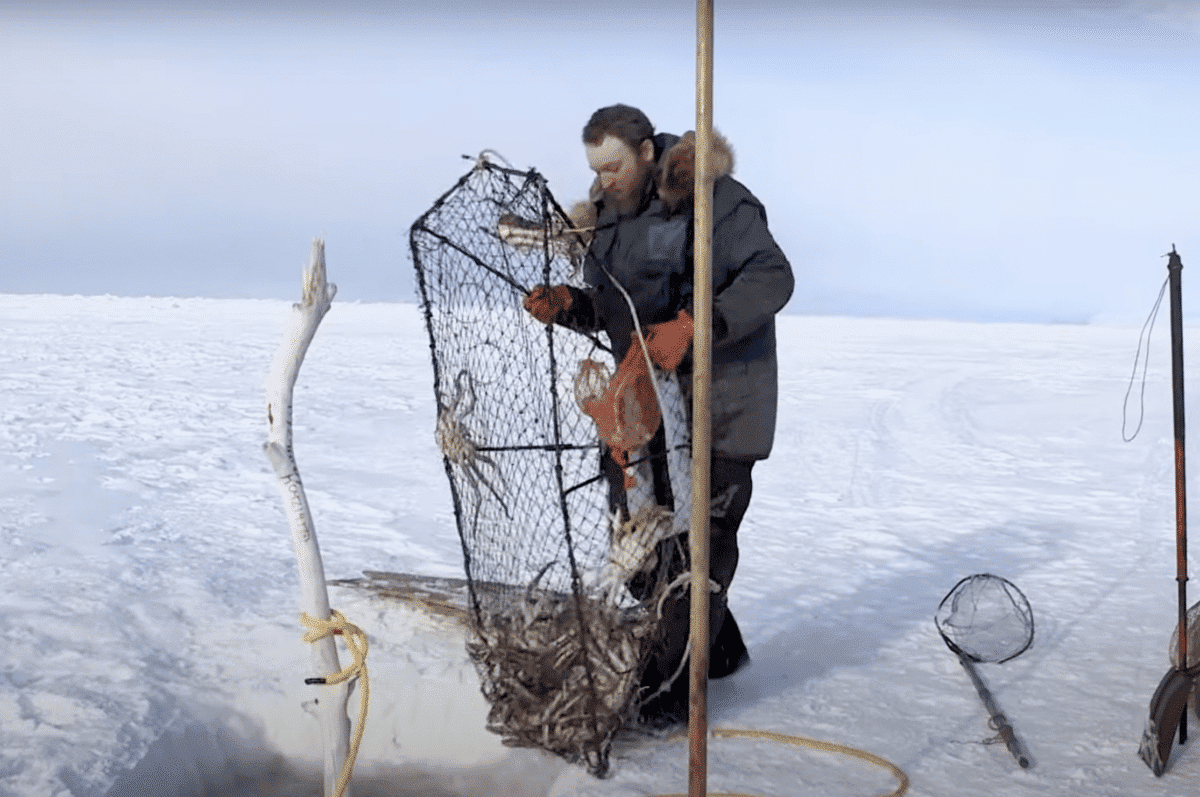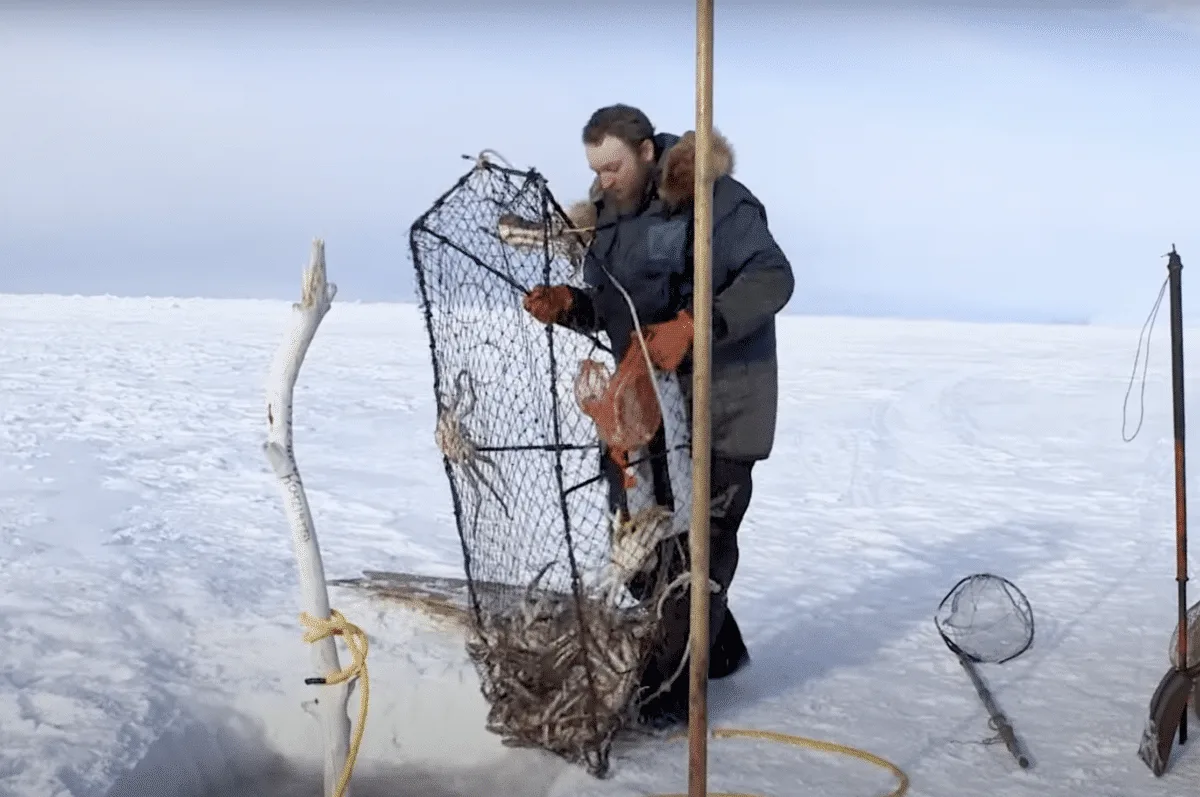The icy waters of the Bering Sea, home to billions of snow crabs, have witnessed a catastrophic disappearance in recent years. This phenomenon has left both scientists and the local communities of Alaska puzzled. However, groundbreaking research from the National Oceanic and Atmospheric Administration (NOAA) has finally unraveled the mystery behind the vanishing snow crabs. The culprit, it appears, is climate change.

The Snow Crab Decline
Once abundant in the Bering Sea, the snow crab population began its precipitous decline around 2021, plummeting to its lowest point since records began in 1975. Lead author of the NOAA study, Cody Szuwalski, revealed his astonishment when first receiving the data, expressing hope that it was an error. Regrettably, subsequent years only confirmed the dire reality – a long and challenging road lay ahead.
Marine Heatwaves
The NOAA’s comprehensive study determined that marine heatwaves during 2018 and 2019 were the catalyst for this crab catastrophe. While the water temperature remained within the crabs’ thermal tolerance, it led to an increase in their calorie requirements, leaving them in a perilous situation. The struggle to find sufficient food resulted in a catastrophic population collapse.
A Change In The Food Chain
Snow crabs, typically predators of smaller crab species, found themselves in a warmer habitat that attracted new, voracious predators. Pacific cod, usually restricted by temperature barriers, seized the opportunity during the heatwave to prey upon the weakened snow crab population. This significant shift in the food chain further compounded the crisis.
A Gold Rush Gone Wrong
Remarkably, this population collapse followed a period of historic abundance. Just three years prior, the Bering Sea experienced a “gold rush” of snow crabs, with an unusually high population. The abrupt transition from plenty to scarcity highlights the fragility of ecosystems in the face of climate change.
Effects on Alaska’s Fishing Industry

The consequences of this crisis extend far beyond the enigmatic disappearance of snow crabs. Alaska’s fishing industry, a billion-dollar powerhouse that produced approximately 5.27 billion tons of seafood in 2021, is now grappling with the fallout. In addition to the snow crab, the Bristol Bay red king crab harvest has been canceled for the second consecutive year. Saint Paul Island, a rural Alaskan community heavily reliant on snow crab fishing revenue, declared a cultural, economic, and social emergency due to the fishery closure.
Climate Change: The Wrench in the Plan
Climate change is proving to be a formidable disruptor. Historically, overfishing was the primary concern for fishery scientists, but the study’s lead author, Cody Szuwalski, emphasized that climate change is now a major disruptor of their plans, models, and management systems. The warming of sea surface temperatures, with an average increase of 0.14 degrees Fahrenheit per decade since 1901, is further exacerbated in the Arctic region, which has warmed four times faster than the global average.
Climate Change in the Bering Sea
The Bering Sea experienced a startling lack of sea ice in 2018 and 2019, attributed to global warming. This marked an extreme anomaly in sea ice coverage, making it unprecedented. The expectation now is that the snow crab population will migrate north as the ice retreats, diminishing their presence in the eastern Bering Sea.
The Snow Crab Comeback
While the current situation seems dire, there is a glimmer of optimism. Some juvenile snow crabs are starting to reappear, hinting at the possibility of a resurgence. Cooler periods might offer a lifeline to these crabs, but recovery will take time. Experts believe it may be three to four years before these juveniles mature and contribute to the revival of the population.
Watch Video: Disappearance of Alaska’s Snow Crabs
Conclusion
The vanishing act of Alaska’s snow crabs serves as an essential reminder of the unpredictable and far-reaching impacts of climate change. What was once a thriving ecosystem has been disrupted, leaving not just the crabs but also the livelihoods of Alaskan fishing communities in limbo. This crisis underscores the urgent need for proactive measures to mitigate and adapt to the effects of climate change, safeguarding our fragile ecosystems for future generations. The disappearance of snow crabs is not just a mystery solved; it’s a wake-up call for the world.
What do you think about the disappearance of Alaska’s snow crabs? Leave a comment below.
Thank you for following along with this article – Scientists Uncover The Truth Behind The Alaskan Snow Crab Disappearance.
You may also like:
- Horseshoe Crab Blue Blood Fuels Vaccine Development
- Discovering the Hidden Lives of Sand Crabs
- Wildlife in Alaska: A complete Guide
- India’s Snow Leopard Survey Reveals 718 Individuals - February 25, 2024
- 10 Interesting Facts About Seahorses - February 24, 2024
- Sea Turtle Nests Discovered in Cambodia - February 24, 2024


